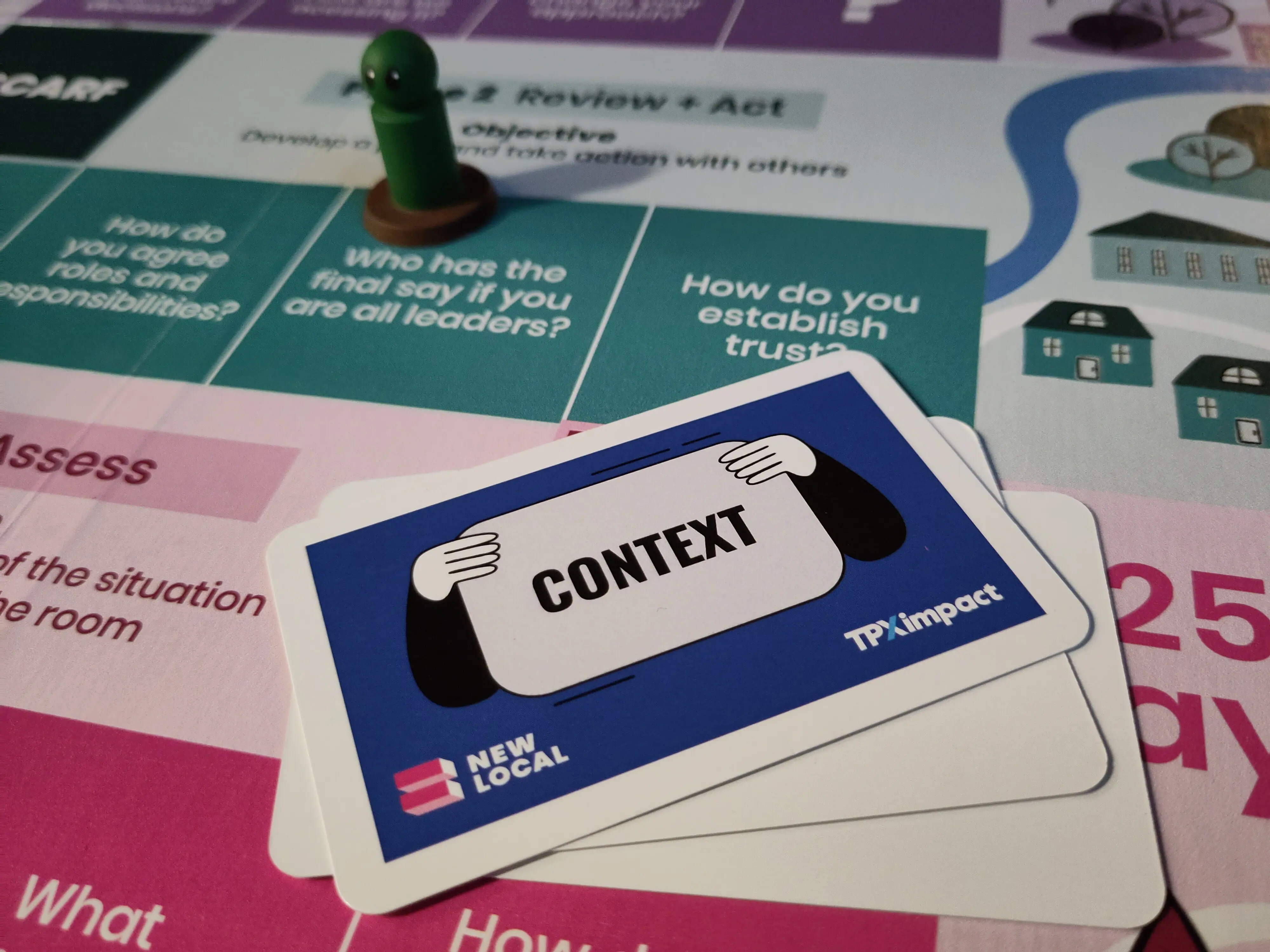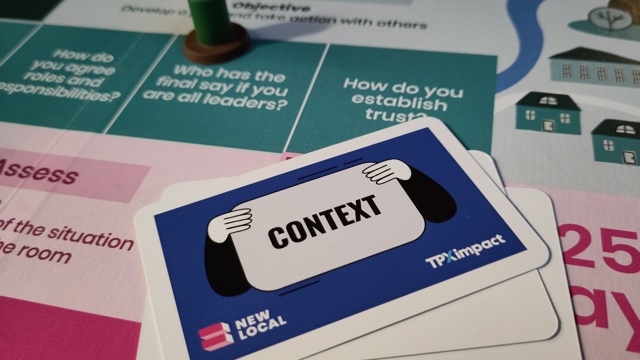We’ve been working with Trafford Council on an ambitious change journey to creating an alternative council model which has involved looking at how Trafford works to deliver services, including operating models and ways of working, as they continue their evolution into a 21st century organisation. Working with staff to uncover challenges and potential blockers for long term change, we knew the next steps to change needed to start from the top. By modelling behaviours within the Corporate Leadership Group and involving executive members, Trafford could begin to define their vision for the organisation and create the conditions for change.
Autonomy is 21st century working
Autonomy is often linked to teams being able to make decisions quickly and creatively. We sometimes hear leadership wish for greater levels of autonomy for their teams, but this autonomy starts with clear strategies and devolved governance from the top.
When directors each operate in different ways, it’s hard for staff to understand what the clear, directive strategy is or how it relates to their role. We’ve effectively created decision-making bottlenecks as opportunities on the ground are analysed and discussed for their individual merits rather than their relevance to the overarching strategy. A lack of clarity makes it difficult to prioritise and the amount of time spent getting answers leaves staff discouraged to offer new ideas. With a clear strategic priority, Trafford's strong leadership can support staff with the direction and insight needed to make informed decisions quickly.
As councils move to implement more multidisciplinary and place-based working, greater autonomy will be needed to ensure a seamless transition. Some staff members will be ready to accept autonomy in their roles, happy to work through a process of testing where boundaries lie in their responsibilities. But for many this feels like a personal risk. ‘What happens if I get something wrong?’
Challenging hierarchical structures of decision making
Many see hierarchical decision making, particularly when it results in pushing decision-making to the top of the organisation, as both inefficient and impractical. However, for staff on the ground or in middle management, it’s a safe and well tested model.
“When in doubt, push it up a level.” Whether it’s the indented process in an organisation or the culture of the council, this is a learned behaviour that while not rewarded, is not deterred. To change this learnt culture and build confidence in autonomy, we must create a new process for decision-making that can replace the informal (but well used) process of ‘push it up’.
To do this, we need to identify some of the hidden cultural issues when decision-making is pushed to the top. These can include adequate distribution of resources, sensible prioritisation of resources to tasks (including having a visible backlog of projects and tasks) and recognising that ambition is about focus and saying ‘no’. All of which can result in staff being unable to make clear and confident decisions as individuals.
These are all very difficult things to do well. Resourcing, in particular, should not be a task done at CLT but does need to be a factor in decision-making at this level. It means building a shared set of definitions to help remove ambiguity. The result is a decision flowchart, based on an agreed set of principles. Working towards instilling this culture of autonomy will help staff feel well supported, allowing them to deliver services effectively, efficiently and with appropriate accountability as a support mechanism.
Modernising the council
Leading by example, Trafford Council is laying the foundations for long-term processes and cultural changes that will build a truly 21st century organisation. Thinking differently about how they work together, with strong support systems in place for staff and forward-thinking leadership, Trafford is working towards significant change as they modernise the council. Shaping their purpose and how it works with and for the residents, businesses and partners of the borough.
Our next step is to work with directors and their teams to translate this into a practical tool to enable greater clarity and devolvement of decision making powers across all teams in the council.

The role of play in building leadership skills
How play can offer local government leaders a powerful tool to break free from rigid structures.
Read moreOur recent insights
Transformation is for everyone. We love sharing our thoughts, approaches, learning and research all gained from the work we do.

The role of play in building leadership skills
How play can offer local government leaders a powerful tool to break free from rigid structures.
Read more
How we can transform local authorities for long-term success
What councils can do now to help address financial challenges now and in the future.
Read more
Modernising to meet a 21st century vision
Trafford council already has many change projects underway across different services but an overarching question remained, “how do we know where to start to manage change across the whole organisation?”
Read more

